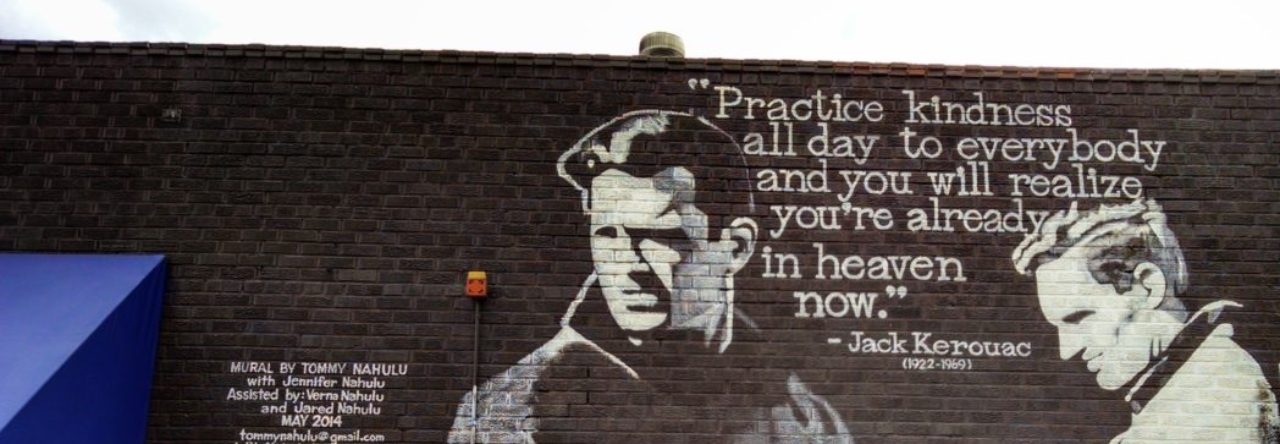How does one respond to the blooming, buzzing mind of Ted Nelson? I don’t really know…trying to follow the associative trails in that mind is quite the adventure. I’ll take my fallback approach, which is to gather some fragments or nuggets of thought (or, as Jon Udell might now term them, “segments of interest“), throw them together on the page, and see what happens. This is after watching the video interview and hacking my way through Computer Lib/Dream Machines. Maybe a composition of sorts will emerge, though it will at this point be a largely impressionistic set of quick jottings.
Ted tells us that one of the reasons he got into computers was that “I wanted a satisfactory system of taking notes.” That resonates; most of us, I think, have our personal knowledge management systems that we tweak and seek to improve. I was reminded of our previous discussions of Hypothes.is as a “web annotation infrastructure” and also of John Stewart’s “Digital Note-taking in the History Classroom.” These open notebook practices facilitate that rearrangement and recombination of ideas that Engelbart spoke of. Nelson says that wanting to use his filecards in many places (in other words, to move them around and rearrange them) led to the notion of “transclusion” (a term I’d never heard of until Udell’s use of it a couple of weeks ago) and thence to the possibility of new compositions of ideas and expressions. And sometimes, just maybe, those new compositions, open to interaction with the compositions of others, can lead to “magic combinations,” structured and designed in novel and complex ways. Again, carrying forward the torch of Engelbart.
The branches of philosophy…well, this is definitely a novel mind at work. Schematics (“the study of structure and representation”), normatics (“the philosophy of ‘shoulds'”), gamics (“the structure of situations and maneuvers in situations), and idemics (“the representations of the tokens that we present our ideas with and argue with and manipulate as we redesign ideas”). I don’t claim to understand much if any of this, but what caught my attention with regard to idemics (sp?) are his examples of “designing sitcoms, theology, and software.” Nelson may be the first person to ever juxtapose those three domains…what on earth could he possible mean? I’m a theologian by disciplinary background, and I would love to hear more! This is a tease, especially since he apparently would not have had much use for theology, if Wikipedia is to be believed.
Quickly scanning Computer Lib/Dream Machines, there is too much to respond to, but my highlighter got busy at the description of “fantics,” by which Nelson means “the art and science of getting ideas across, both emotionally and cognitively … ‘presentation’ could be a general word for it” (319). Now I had already been stunned earlier in the essay with a quote from Bertrand Russell–“The reason is, and by rights ought to be, slave to the emotions” (306). Bertrand Russell (channelling Hume?) said this? I mean, yes, embodied cognition and all that, but… And now Ted goes on to flesh it out. What comes across in a presentation always has a dual character: explicit declarative structure imbued with connotative impressions, feelings, and sensibilities. And so, as we consider our pedagogies,
The reader or viewer always gets feelings along with information, even when the creators of the information think that its ‘content’ is much more restricted…. Fantics is thus concerned with both the arts of effect–writing, theater, and so on–and the structures and mechanisms of thought, including the various traditions of the scholarly event (article, book, lecture, debate, and class). These are all a fundamentally inseparable whole, and technically-oriented people who think that systems to interact with people, or teach, or bring up information, can function on some “technical” basis–with no tie-ins to human feelings, psychology, or the larger social structure–are kidding themselves and everyone else (319).
This is the work of “writers and editors, movie-makers and lecturers, radio announcers and layout people and advertising people” … and, it seems, the work of teachers and learners. Let’s make some magic combinations.
